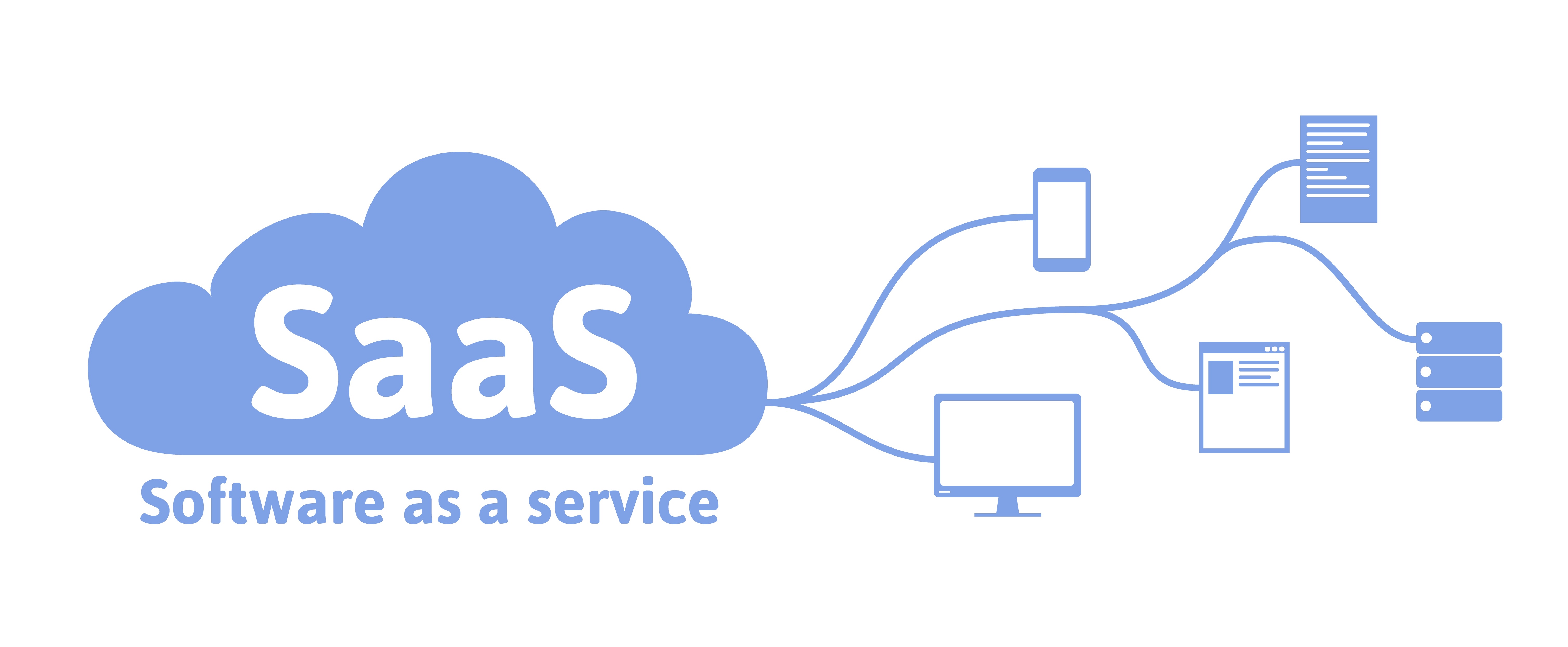If online tool adoption feels a little overwhelming, that’s understandable. Determining what would be most effective for a growing or distribution operation that’s historically relied upon paper tracking and Excel can be daunting, especially when acronyms are peppered throughout feature descriptions.
Maybe terms like ‘SaaS’ or ‘ERP’ are intuitive for you, but other stakeholders in your ag business could use a refresher in order to get everyone on the same page in the decision making process. Here’s an overview of what Software as a Service and Enterprise Resource Planning entail, and how Croptracker’s farm management suite fits in.

Software as a Service (SaaS)
Software as a Service (often referred to as ‘SaaS’) is application software that users access through an internet connection. Typically for business use cases, SaaS solutions are not installed locally on customers’ devices, for this type of application is hosted centrally by the service provider. Rather than buying hardware or a software license for use, SaaS applications are available for month-to-month or annual subscription fees. Depending on the product, the SaaS model can offer:
- Customizable appearance attributes for a customer’s brand
- Frequent version updates
- Integration with a company’s internal systems through APIs
- Individuated user ‘seats’ that allow for varied level of access to a company’s information
- Collaboration on data input and tracking with multiple user accounts
Enterprise Resource Planning (ERP)
Enterprise resource planning software typically automates office processes and allows for the day-to-day management of a business. ERP suites can include accounting tools, supply chain management, procedural documentation tracking, analytics, and more. Originating in the 1990s as an on-premise or local network system, contemporary ERP suites are increasingly available through a SaaS or cloud delivery.
Depending on the product, ERPs can:
- Integrate multiple “back office” tools into one platform
- Easily accommodate business expansion
- Reduce siloed information issues within a team and operation, storing information in the same accessible location for multiple users
- Be an out of the box or highly customized tool suite
- Offer refined security
Cloud, SaaS, or on-premises ERP?
There is some overlap between what SaaS and ERPs consist of – and that’s because an ERP and can be delivered to users as a SaaS! Modern ERPs can also be designed as cloud software. Though fairly similar to SaaS ERPs, Cloud ERPs offer greater customization options that benefit enterprise-level organizations. Outsource remote servers for data management and connect with business partners with ease. Smaller operations tend to gravitate toward SaaS ERPs, which are technically utilizing cloud technology but are usually more of an ‘out of the box’ experience for its users, since the product has been designed for a particular industry.
A la Carte or the whole suite: Croptracker’s SaaS ERP Suite
Croptracker’s system is completely modular, so you use and pay for only the modules you need. Since Croptracker serves ag clients of all sizes, it’s just as common for a family farm business to subscribe for just one module, like Spray or Punch Clock, as it is for a large distribution operation to adopt the entire comprehensive farm management software for full traceability located in one platform.
Pricing for Croptracker’s SaaS ERP also accommodates operation budgets from small to large. Integrate data from external tools that work best for Whether you are looking for a simple spray record app to replace your spreadsheets, a pack house system, harvest inventory tracking, or a powerful labor tracking app - Croptracker has the right farm management app for you. Check out how pricing works here, or book a demo for time with a member of the Croptracker team.


